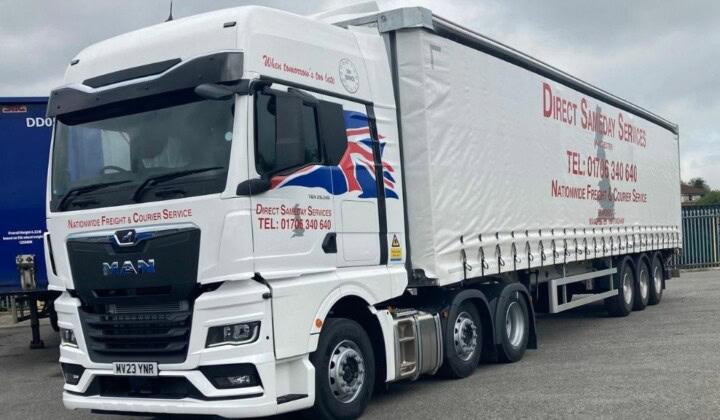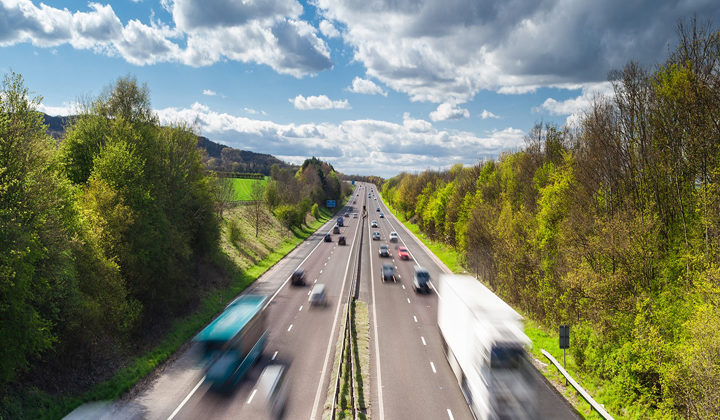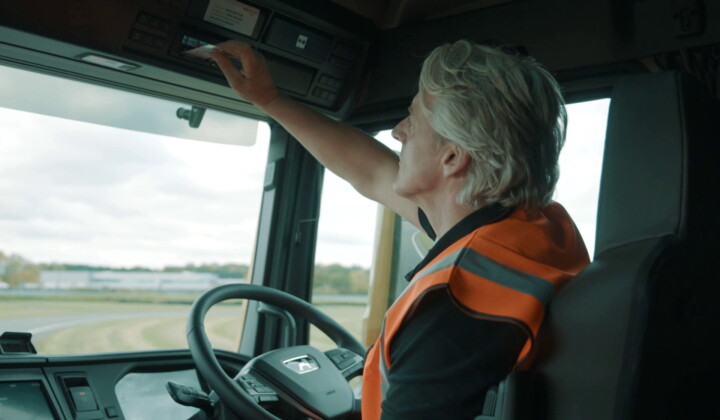This week’s Better Delivery; the challenge for freight Report from the National Infrastructure Commission (NIC) calls for a coordinated approach between government and industry through a new Freight Leadership Council and lists a number of other key recommendations including:
- government should commit to decarbonising road freight by 2050, announcing plans by the end of 2021 to ban the sale of new diesel powered HGVs no later than 2040
- government should undertake detailed cross‑modal analysis (using a corridor‑based approach) of the long term options for rail freight’s transition to zero emissions, including low carbon rail services and the scope for road based alternatives. It should then publish, by the end of 2021, a full strategy for rail freight to reach zero emissions by 2050, specifying the investments and/or subsidies that it will provide to get there.
- to help manage peak-time congestion on the urban transport network, local authorities should include a plan for urban freight within the infrastructure strategies they are developing. These plans should review local regulations to incentivise low congestion operations, consider the case for investments in infrastructure such as consolidation centres, and identify the land and regulatory requirements of new and innovative low congestion initiatives.
- government should produce new planning practice guidance on freight for strategic policy making authorities. The guidance should better support these authorities in planning for efficient freight networks to service homes and businesses as part of their plan making processes. This new planning practice guidance, which should be prepared by the end of 2020, should give further detail on appropriate considerations when planning for freight such as the need to, provide and protect sufficient land/floor space for storage and distribution activities.
- government should develop a data standard for freight data collection to support local authorities, outlining the requirements for technological capability, data requirements, and data format. Such a standard should seek to ensure consistent data quality and format across technologies to allow regional and national aggregation, and should be completed by the end of 2020.
While the report recognises that the UK freight system is one of the most efficient in the world, the Commission’s findings suggest that the government needs to outline firm objectives, and work with the energy sector, freight industry and local areas to ensure that the infrastructure required for alternative fuels and land for efficient freight operations, is made available.
The case for change
The UK has one of the most efficient freight systems of any developed country, ranking ninth in the world.[1] It comprises around 195,000 enterprises, employing 2.5 million people, and contributing £121 billion gross value added (GVA) to the economy.[2] It operates almost entirely within the private sector, with little government intervention required beyond the provision of roads and rail. As the population rises, the demand for freight will grow.
Over the next 30 years, the weight of goods lifted by heavy freight transport could increase by between 27 and 45 per cent.[3] The nature of this demand will also change, with expected increases in same day delivery, more just‑in‑time manufacturing, and continued growth of internet shopping. Without action, greater demand risks higher emissions and increased congestion.
Future drivers of change
The report suggests that the demand for freight is likely to continue to reflect consumption and growth in population. According to national projections, population will increase from the 66 million recorded in mid‑2017, to almost 73 million by 2041 – more than a ten per cent increase.[4] Although this will be the driving factor of demand growth, it will not be the only thing affecting how freight delivers.
The Commission goes on to report that consumer behaviour and the desire for faster and more convenient freight will also pose greater challenges for the freight industry. Technological change is already doing its bit to deliver significant change, from the use of telematics and GPS tracking to optimise routing, to wholly new methods of delivery such as air drones. Underlying all of this is public policy and regulation which can force changes or set new standards – such as the upcoming introduction of Clean Air Zones in cities.
Without urgent action, the report authors warn that the problems of congestion and emissions ‘are likely to worsen’ and proposes that HGVs need to switch from using fossil fuels to battery or hydrogen power over the next 20 years in a ‘bold’ push to make the UK’s road and rail-based industry carbon-free.
The commission’s chairman Sir John Armitt said: ‘Today’s report says we need to set out bold plans to ban the sale of new petrol and diesel HGVs, bring emissions from freight on both road and rail to zero, and give the industry greater visibility in Whitehall and town halls.’





